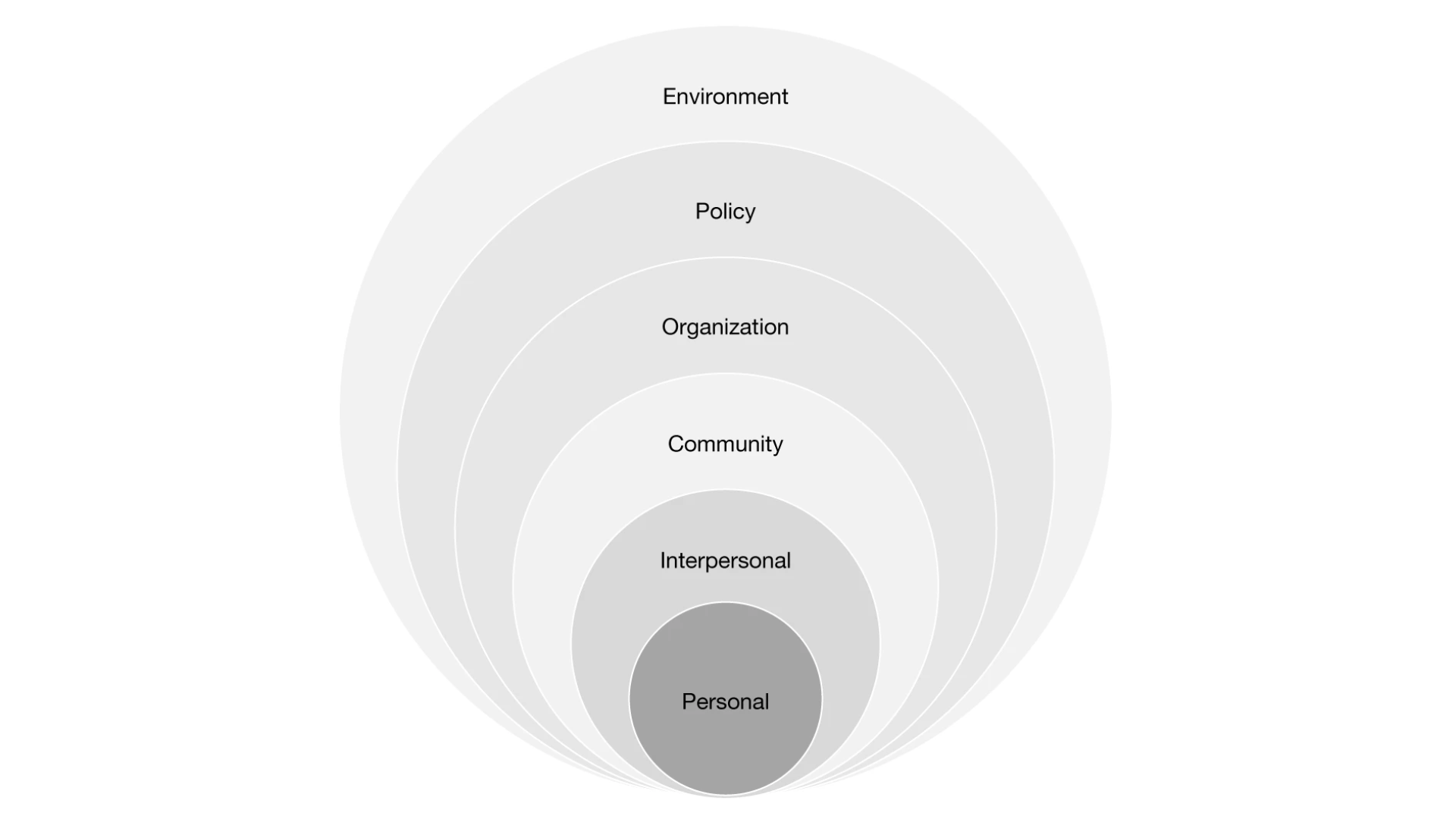The Urban Challenge: Why Cities Matter for Youth Mental Health
Urbanization stands as the most significant demographic shift of our times. Cities across South and South-East Asia provide access to education, health care, and economic opportunity — yet they also pose risks to mental well-being, especially among young people.
Globally, an estimated 75% of mental disorders begin by age 24, and according to UNICEF’s State of the World’s Children 2021, more than one in seven adolescents lives with a diagnosed mental disorder.
These figures underscore a critical question: Can better urban design improve mental health outcomes? Emerging evidence suggests that cities intentionally designed for inclusion, equity, and connectedness can substantially enhance youth mental well-being.
Evidence-Based Framework: A Multi-Level Blueprint
A Nature study brought together 518 experts from 53 countries to identify what makes cities mentally healthy for young people. The research produced a comprehensive socioecological framework spanning six interconnected domains:
- Personal: Teaching life skills for development, resilience, and emotional management emerged as the highest-ranked priority, selected first by 33% of global panelists. This aligns with WHO’s “Helping Adolescents Thrive (HAT)” guidelines, which call for whole-school approaches integrating psychosocial support into primary care and educational settings.
- Interpersonal: Fostering meaningful connections and relationships that strengthen social bonds and sense of belonging.
- Community: Safe, free public spaces where youth can gather ranked as the top characteristic, with 45% of respondents ranking it first. Access to green and blue spaces—parks, waterways, and natural environments—provides measurable mental health benefits alongside recreational opportunities.
- Organizational: Employment opportunities offering job security and satisfaction, alongside responsive educational systems.
- Policy: Youth-centered urban planning with explicit attention to gender diversity.
- Environmental: Design and infrastructure that prioritizes mental well-being and accessibility.

The socioecological framework illustrates six interconnected levels of a mentally healthy city—personal, interpersonal, community, organizational, policy, and environmental.
(Source: Nature, 2024)
Organizational and Policy Imperatives: Systems That Support Well-being
Evidence shows that individual and community interventions require institutional support. Within the organizational domain, employment and education emerged as top priorities. Critically, 31% of global experts identified youth-centered urban planning with explicit attention to gender diversity as the top policy priority.
To be truly mental health-friendly, cities must adopt anti-discriminatory policies. Structural inequalities—neighborhood poverty, unemployment, and systemic racism—place young people at significantly greater risk for low self-efficacy, powerlessness, and depression. Cities cannot claim to be mental health-friendly without addressing these deep-rooted inequities.
Return on Investment: Why Cities Must Act Now
Investing in adolescent well-being yields a “triple dividend”: securing health now, promoting healthy trajectories into adulthood, and strengthening the next generation. Research demonstrates that a package of adolescent mental health interventions can yield a 24-fold return in health and economic benefits—compelling evidence for urgent action.
Aligning with Global Commitments
Building mental health-friendly cities supports Sustainable Development Goal 11 (Sustainable Cities and Communities) and fulfills the New Urban Agenda’s vision of compact, mixed, connected urban growth ensuring sustainable and inclusive economies, poverty reduction, and equal rights for all.The New Urban Agenda explicitly calls for meaningful youth participation in formulating, implementing, and reviewing regional and metropolitan plans. Young people constitute the majority of the population in many cities across our region and bring expertise, innovative capacity, and lived experience essential to policy development.
A Call for Intersectoral Collaboration
Creating mental health-friendly cities requires coordinated investment across local government departments—urban planning, education, employment, housing, transportation, and justice systems. Cities must establish clear shared visions, allocate cross-sector funding, implement distributed decision-making structures, and enact policies facilitating collaboration.
This process must intentionally dismantle structural racism and discrimination to ensure equitable access to economic and educational opportunities, eliminating disparate health outcomes.
Moving Forward
On this World Mental Health Day, we reaffirm the importance of engaging youth as partners and contributors — not merely as beneficiaries. By embedding human rights, equality, and non-discrimination in urban governance, we can build cities that nurture mental well-being for all.
The evidence presented here draws on Nature (2024) research, WHO guidelines, UNICEF reporting, and UN-Habitat frameworks.
For more information on implementing Healthy City initiatives across South and South-East Asia, contact the WHO South-East Asia Regional Laboratory on Urban Governance for Health and Well-being (RL-UGHW).
Krape Sadakorn, Researcher
References
Collins, P. Y., Sinha, M., Concepcion, T., Patton, G., Way, T., McCay, L., Mensa-Kwao, A., Herrman, H., de Leeuw, E., Anand, N., Atwoli, L., Bardikoff, N., Booysen, C., Bustamante, I., Chen, Y., Davis, K., Dua, T., Foote, N., Hughsam, M., … Zeitz, L. (2024). Making cities mental health friendly for adolescents and young adults. Nature, 627(8002), 137–144. https://doi.org/10.1038/s41586-023-07005-4
United Nations Children’s Fund (UNICEF). (2021). The State of the World’s Children 2021: On My Mind – Promoting, protecting and caring for children’s mental health. UNICEF. https://www.unicef.org/reports/state-worlds-children-2021
United Nations Human Settlements Programme (UN-Habitat). (2016). Youth and the New Urban Agenda. UN-Habitat. https://unhabitat.org/youth-and-the-new-urban-agenda
World Health Organization (WHO). (2020). Guidelines on mental health promotive and preventive interventions for adolescents: Helping Adolescents Thrive. WHO. https://www.who.int/publications/i/item/9789240011854



